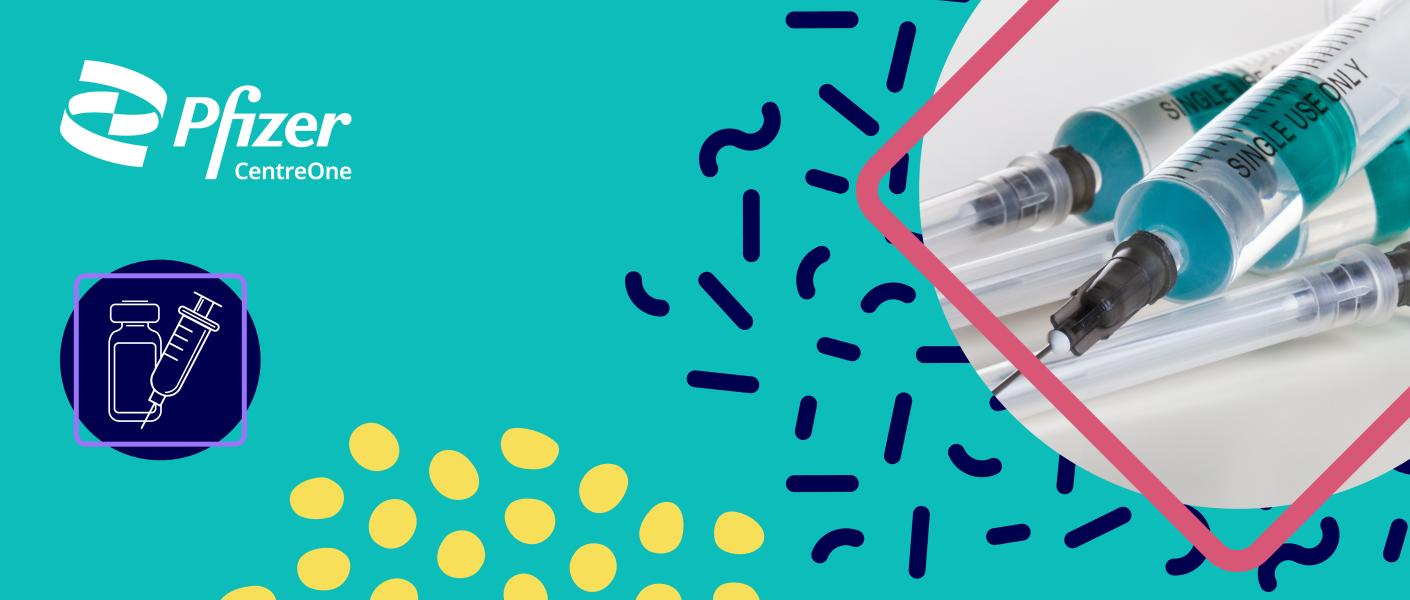
Checklist: The commodities you’ll need when migrating a drug product presentation from vial to pre-filled syringe
There is an upward trend for pharmaceutical companies to ask their contract development and manufacturing organisations (CDMO) to support the conversion of an existing product presentation into a different final container type. More specifically, providing options for moving a drug product from a vial into a pre-filled syringe (PFS).
The rationale for switching from a vial to a PFS is often that drug companies want to innovate to retain market presence or strengthen their market share for an indication. Increasingly though, the decision is driven by a desire to create more convenient drug products, easing or tailoring administration to the therapeutic need.
When evaluating the viability of a new PFS system, screening studies for suitable parts are needed to test the selected parts in the specific fill line with proposed commodities.
When starting these studies, it is vital to check commodities availability with vendors, establishing as early as possible what experimental materials are available and when as project timelines will be influenced by supply lead times. To initiate engineering/ machinability trials, a sizeable quantity of PFS, plungers and rods are needed and a lead time of eight to ten months for parts is not unheard of supply should be factored into planning with manufacturing partners as early as possible.
Commodities checklist
- If nitrogen blanketing is needed, a full vacuum stoppering retrofit, or a vacuum-assisted stoppering (VAS) process is needed. Some coated plungers might be prone to wrinkling when inserted into the barrel, so additional experiments or trial runs might be needed to set up the fill line correctly.
- If a change in PFS size is needed (e.g., if the line is set to 1 mL-2.25 mL), then going to a different (e.g., 5 mL) syringe size will require change parts to run them. It’s important to consider having multiple sets to facilitate quick line turnaround for line setup and as safety backups
- Fabricating and delivering the vibrating plunger sorting bowl requires the plunger stopper to be identified before ordering the fabrication
- If the PFS fill line is equipped with E-Beam capability (most are) and tub size change is required (e.g., going from a 10 by 10 PFS distribution format to an 8 by 8 type, or from a 4-inch high to a 6-inch-high tub size), the controlling software and the handling parameters will need to be programmed to handle the new tub size/format
- Trial testing of the sorting bowl requires approximately 50,000 plungers. For the change parts trials, another 70,000 PFS/plungers/rods sets are needed as well
- Automated (or manual) inspection activities also need to be considered at this time. Developing an automated container inspection process will require thousands of samples to carry out feasibility and recipe development studies.
All new line parts will require new validation activities, so it is best to involve validation teams as early as possible to ensure a correct and appropriate approach is applied.
It takes a village
The benefits of PFS devices have marked a shift in the way parenteral drug devices are manufactured, but there are still a variety of considerations for manufacturers wanting to switch from vials to the format.
Adopting a new final container takes concerted collaborative effort and seamless coordination between the CDMO and pharmaceutical company to ensure the selected container is suitable for drug product.
Our whitepaper available here: ‘Considerations for migrating a drug product presentation from vial to pre-filled syringe’ Martin Gonzalez, Ph.D., Sr. Manager Formulation and Process Development at Pfizer CentreOne explores the most relevant engineering activities that are necessary to successfully transfer a product from vials into a PFS presentation.